Concierto de Aranjuez
For Guitar and Orchestra

Joaquín Rodrigo
Pablo Sáinz-Villegas
Inspiration: Rodrigo and his wife Victoria stayed silent for many years about the inspiration for the second movement, and thus the popular belief grew that it was inspired by the bombing of Guernica in 1937. In her autobiography, Victoria eventually declared that it was both an evocation of the happy days of their honeymoon and a response to Rodrigo's devastation at the miscarriage of their first pregnancy.
👇 🎼 👇
Guitar: Pablo Sáinz-Villegas
Orchestra: Berliner Philharmoniker
Conductor: Kirill Petrenko
Recording: Philharmonie, Berlin, December 31 2020
Director: Andreas Morell
Orchestra: Berliner Philharmoniker
Conductor: Kirill Petrenko
Recording: Philharmonie, Berlin, December 31 2020
Director: Andreas Morell
Many
people do not know that Rodrigo mourned his child, and composed this
master piece where the music incarnated the child heartbeat.
👇🎼👇
Radio and Television Orchestra of Spain
Pablo Sáinz-Villegas, Spanish Guitar
Carlos Kalmar, Conductor / Director
Teatro Monumental
Madrid 24/04/2015
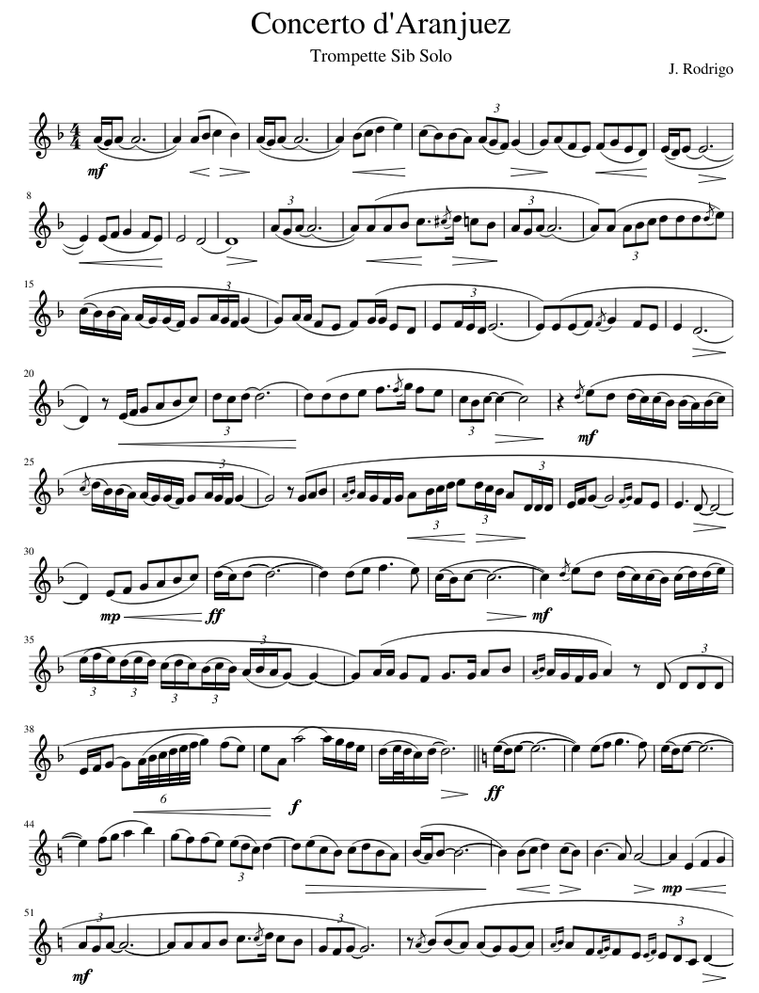
Concierto De Aranjuez
Jim Hall
👇 🎼 👇
Conductor, Arranger: Don Sebesky / Don Sebesky
Producer: Creed Taylor
Composer, Lyricist: Joaquín Rodrigo
Engineer: Rudy Van Gelder
Assistant Engineer: David Swope
Drums: Steve Gadd
Mixing Engineer: Danny Kadar
Piano: Roland Hanna
Mastering Engineer: Tom Ruff
Bass: Ron Carter
Alto Saxophone: Paul Desmond
Trumpet: Chet Baker
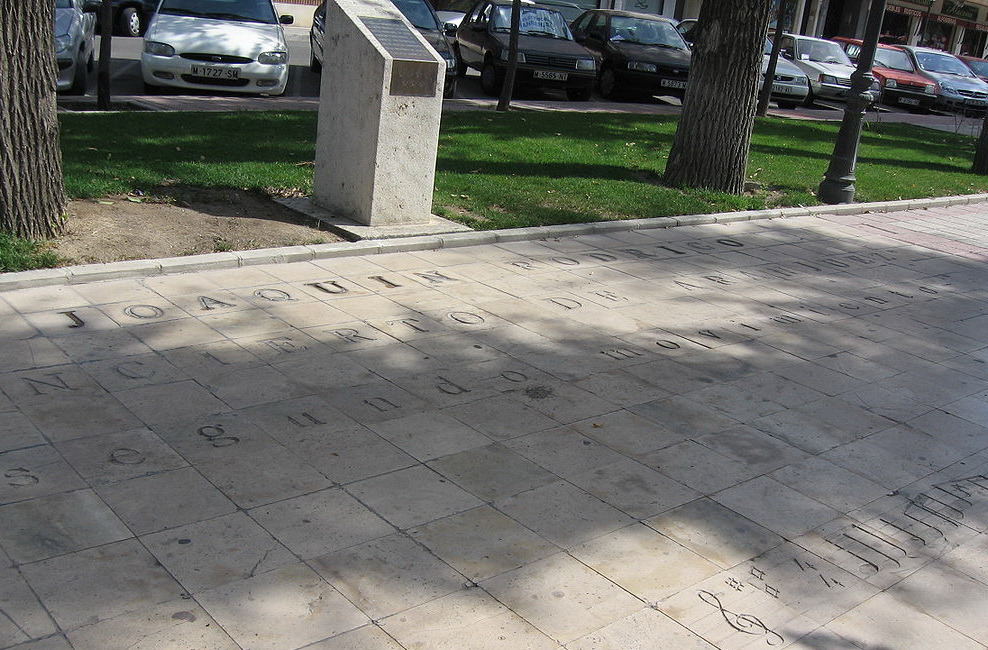

Jim Hall Trio
Concierto De Aranjuez
Live In Tokyo 1976
👇 🎼 👇
Concierto De Aranjuez
Live In Tokyo 1976
👇 🎼 👇
Jim Hall (g), Don Thompson (b), Terry Clarke (ds)
Album:" Jim Hall / Live In Tokyo "
Recorded:Live at Nakano Sun Plaza Hall, Tokyo, Japan, October 28, 1976


The Concierto de Aranjuez is a guitar concerto by the Spanish composer Joaquín Rodrigo.
Written in 1939, it is by far Rodrigo's best-known work, and its
success established his reputation as one of the most significant
Spanish composers of the 20th century.
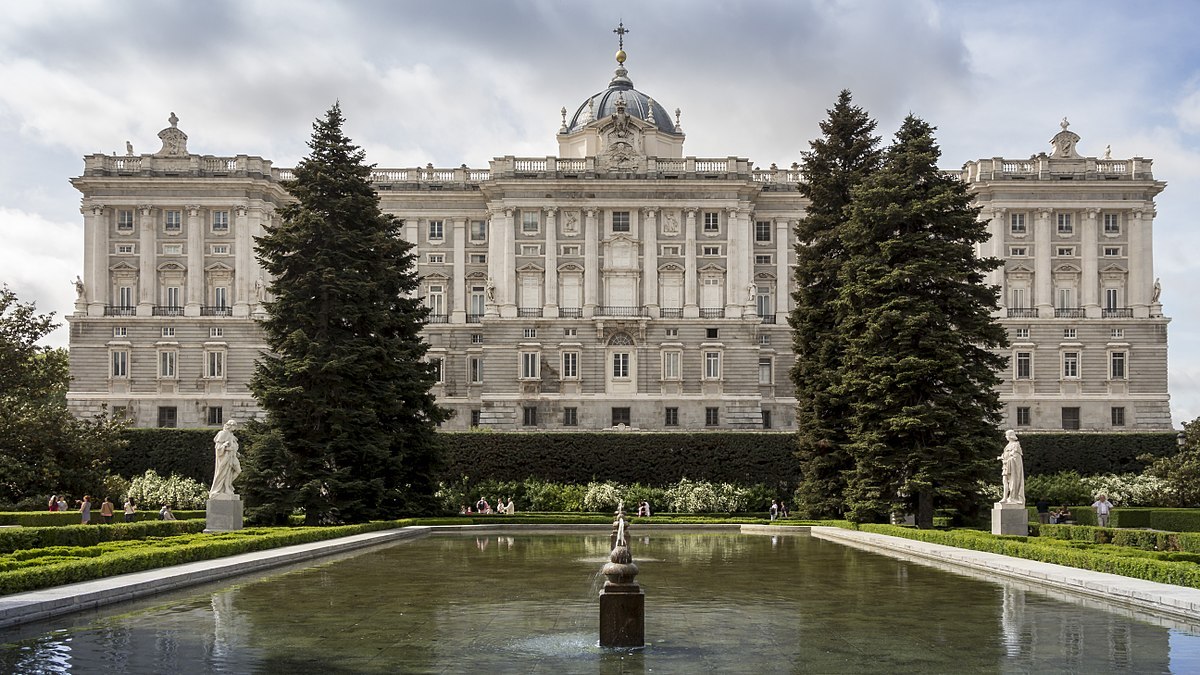

Inspiration
The Concierto de Aranjuez was inspired by the gardens at Palacio Real de Aranjuez, the spring resort palace and gardens built by Philip II in the last half of the 16th century and rebuilt in the middle of the 18th century by Ferdinand VI. The work attempts to transport the listener to another place and time through the evocation of the sounds of nature.
According to the composer, the first movement is "animated by a
rhythmic spirit and vigour without either of the two themes...
interrupting its relentless pace"; the second movement "represents a
dialogue between guitar and solo instruments (cor anglais, bassoon, oboe, horn
etc.)"; and the last movement "recalls a courtly dance in which the
combination of double and triple time maintains a taut tempo right to
the closing bar." He described the concerto itself as capturing "the
fragrance of magnolias, the singing of birds, and the gushing of
fountains" in the gardens of Aranjuez.
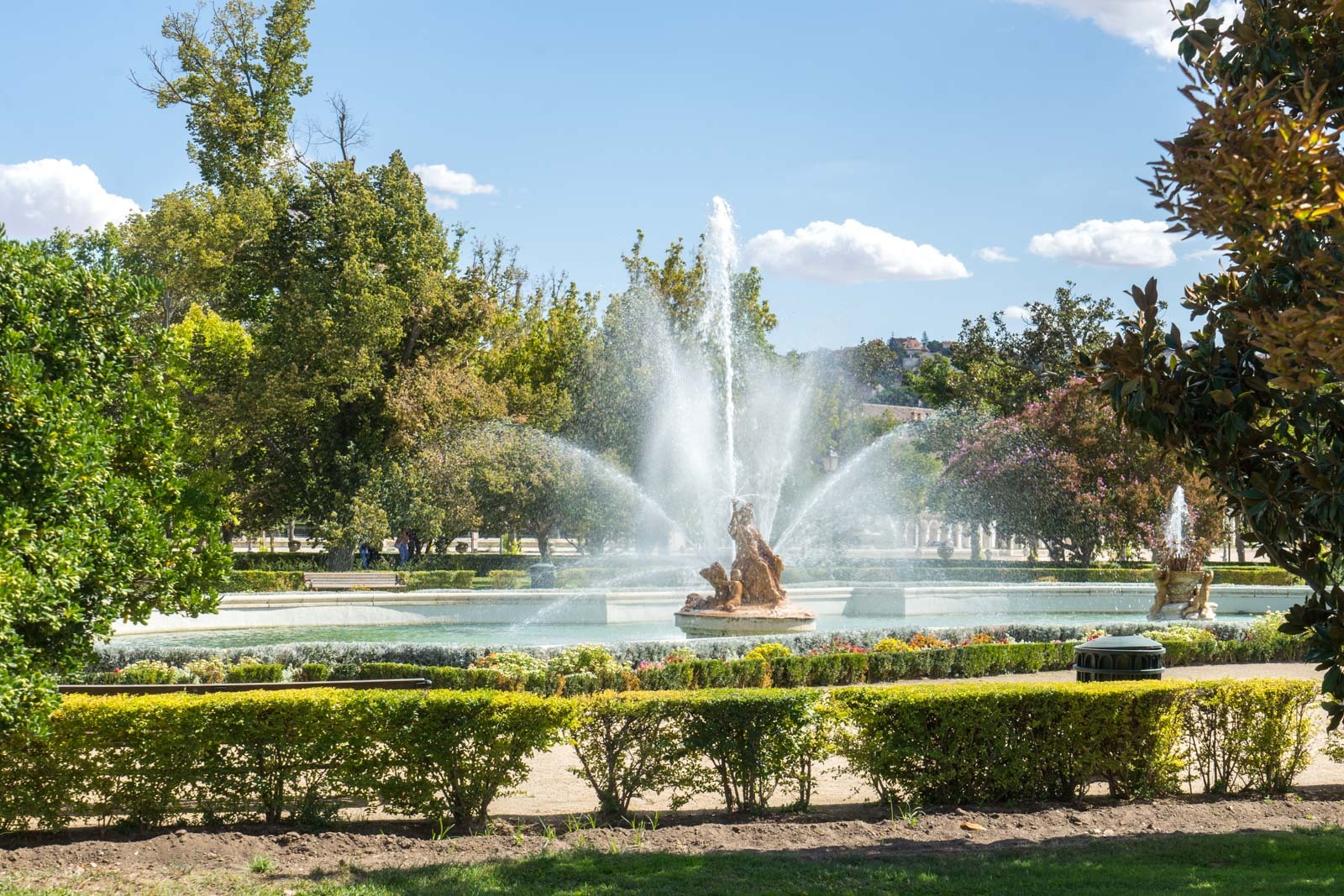

Rodrigo and his wife Victoria stayed silent for many years about
the inspiration for the second movement, and thus the popular belief
grew that it was inspired by the bombing of Guernica
in 1937. In her autobiography, Victoria eventually declared that it was
both an evocation of the happy days of their honeymoon and a response
to Rodrigo's devastation at the miscarriage of their first pregnancy.
It was composed in 1939 in Paris.
Rodrigo dedicated the Concierto de Aranjuez to Regino Sainz de la Maza.
Rodrigo, nearly blind since age three, was a pianist. He did not play the guitar, yet he still managed to capture and project the role of the guitar in Spanish music.
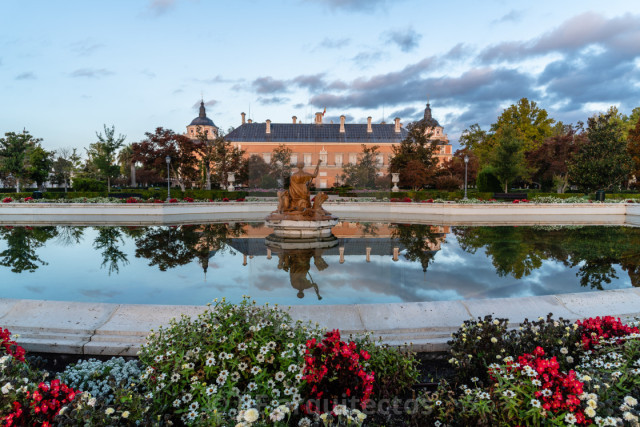 Political context
Political context
In 1939, the Spanish Civil War had just ended, beginning (or continuing, depending on the part of Spain) the Spanish State of general Francisco Franco. A work premiered in Spain in this highly charged environment had to celebrate, or pretend to celebrate, or permit the interpretation that it was celebrating, the current political situation. The celebration of a palace and gardens of a sixteenth-century Habsburg king offered no ideological threat to the Francoist State, and was in harmony with its emerging policy of celebrating Spanish history, conservatively interpreted.

In 1939, the Spanish Civil War had just ended, beginning (or continuing, depending on the part of Spain) the Spanish State of general Francisco Franco. A work premiered in Spain in this highly charged environment had to celebrate, or pretend to celebrate, or permit the interpretation that it was celebrating, the current political situation. The celebration of a palace and gardens of a sixteenth-century Habsburg king offered no ideological threat to the Francoist State, and was in harmony with its emerging policy of celebrating Spanish history, conservatively interpreted.
Composition
Composed in early 1939, in Paris, amid the tensions of the impending war, it was the first work Rodrigo wrote for guitar and orchestra. The instrumentation is unusual: rarely does the guitar face the forces of a full orchestra. Thus, the guitar is never overwhelmed.
Composed in early 1939, in Paris, amid the tensions of the impending war, it was the first work Rodrigo wrote for guitar and orchestra. The instrumentation is unusual: rarely does the guitar face the forces of a full orchestra. Thus, the guitar is never overwhelmed.
Premiere
The premiere of the Concierto de Aranjuez was held on 9 November 1940 at the Palau de la Música Catalana, in Barcelona. It was performed by guitarist Regino Sainz de la Maza with the Orquesta Filarmónica de Barcelona conducted by César Mendoza Lasalle.
On 11 December 1940 the concerto received its first performance in Madrid, at the Teatro Español de Madrid conducted by Jesús Arámbarri, with the same soloist. The United States premiere was given by Rey de la Torre on 19 November 1959, with the Cleveland Orchestra conducted by Robert Shaw.
The premiere of the Concierto de Aranjuez was held on 9 November 1940 at the Palau de la Música Catalana, in Barcelona. It was performed by guitarist Regino Sainz de la Maza with the Orquesta Filarmónica de Barcelona conducted by César Mendoza Lasalle.
On 11 December 1940 the concerto received its first performance in Madrid, at the Teatro Español de Madrid conducted by Jesús Arámbarri, with the same soloist. The United States premiere was given by Rey de la Torre on 19 November 1959, with the Cleveland Orchestra conducted by Robert Shaw.
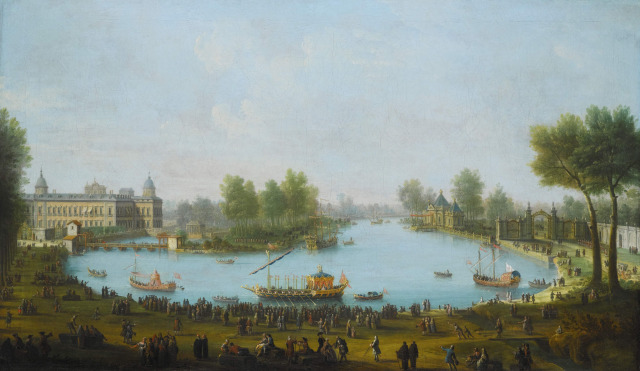
Structure
This concerto is in three movements, Allegro con spirito, Adagio and Allegro gentile. The first and last movements are in D major, while the famous middle movement is in B minor. Along with the solo guitar, it is scored for an orchestra consisting of two flutes (one doubling on piccolo), two oboes (one doubling on cor anglais), two clarinets in B♭, two bassoons, two horns in F, two trumpets in C, and strings.
This concerto is in three movements, Allegro con spirito, Adagio and Allegro gentile. The first and last movements are in D major, while the famous middle movement is in B minor. Along with the solo guitar, it is scored for an orchestra consisting of two flutes (one doubling on piccolo), two oboes (one doubling on cor anglais), two clarinets in B♭, two bassoons, two horns in F, two trumpets in C, and strings.
Interpretations
The concerto was recorded for the first time in either 1947 or 1948 by guitarist Regino Sainz de la Maza with the Orquesta Nacional de España, conducted by Ataúlfo Argenta, on 78 rpm records. This recording was inducted into the Latin Grammy Hall of Fame. Narciso Yepes then made two early recordings of the Aranjuez, both also with Argenta – one in mono with the Madrid Chamber Orchestra (released between 1953 and 1955), and the second in stereo with the Orquesta Nacional de España (recorded in 1957 and released in 1959). Although Ida Presti gave the French premiere of the Concierto de Aranjuez in 1948, the first female guitarist to record the concerto was Renata Tarragó
(1958 or 1959) – who played with fingertips rather than fingernails –
accompanied by the Orquesta de Conciertos de Madrid, conducted by Odón Alonso. William Yeoman provides an interesting discographical survey of recordings of the concerto in Gramophone magazine. Due to his extremely lengthy recording career, Julian Bream
had ample room to record Joaquín Rodrigo's "Concierto de Aranjuez" five
times. Four of those recordings appeared on record albums and one was
recorded on film for the final segment of the film series ¡Guitarra! A Musical Journey Through Spain. Each time Julian Bream used a different combination of orchestra and conductor. Charo has played the Concerto in concert and in an album.
Until asked to perform and interpret Concierto de Aranjuez in 1991, the Spanish flamenco guitarist Paco de Lucía was not proficient at reading musical notation, and José María Gallardo Del Rey advised and directed him musically. De Lucía claimed in Paco de Lucía-Light and Shade: A Portrait
that he gave greater emphasis to rhythmical accuracy in his
interpretation of the Concierto at the expense of the perfect tone
preferred by classical guitarists. Composer Joaquín Rodrigo later declared that no one had ever played his composition in such a brilliant manner[citation needed].
At the request of Nicanor Zabaleta, Rodrigo transcribed the Concierto for harp and orchestra in 1974.
A number of musicians have since reinterpreted the work, usually the second movement, perhaps most famously jazz musician Miles Davis in the company of arranger Gil Evans. On the album Sketches of Spain
(1960), Davis says: "That melody is so strong that the softer you play
it, the stronger it gets, and the stronger you play it, the weaker it
gets."




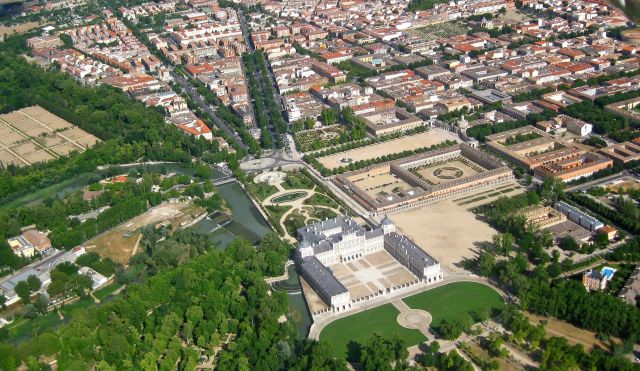

No comments:
Post a Comment